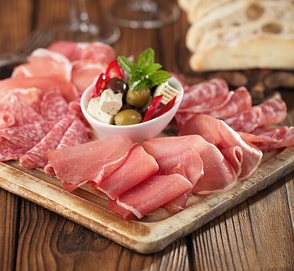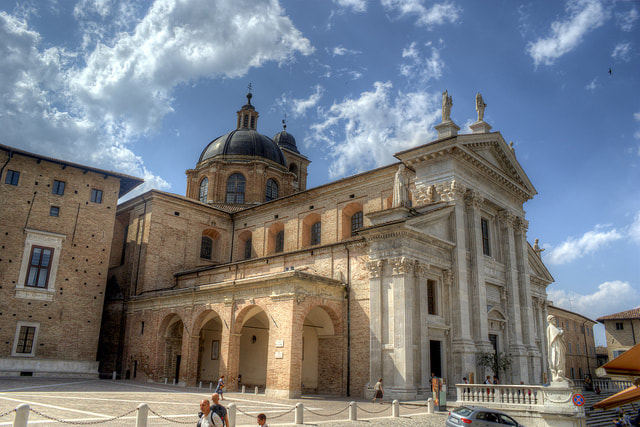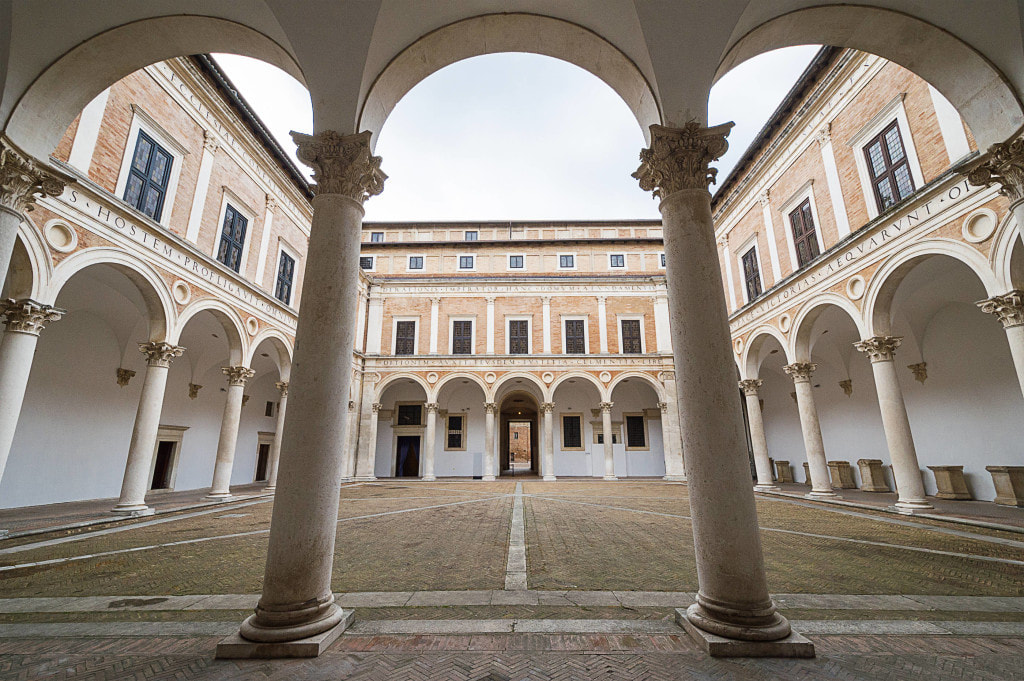The history of Urbino.
|
Urbino was built during Roman time and it was called Urbinum Mataurense, which means the little city on the river Mataurense and it was a strategic stronghold in the Gothic wars. In 1213 the House of Montefeltro obtained the title of podestà and later controlled the city in 1234 with the help of the independent commune of Rimini. Under the rule of Federico da Montefeltro, the city blossomed and was transformed into a comfortable, efficient and beautiful city. In 1626 the Duchy was annexed to the Papal State, after the assassination of the last heir of the "Della Rovere" dinasty which ruled the city at that time. Between 1797 and 1800 the city was occupied by French troops and its territory suffered from the acquisitions of important works of art by the French. This event deepened the impoverishment of artistic heritage, which began after the devolution of the Duchy to the Papal State. On 8 September 1860 the Piedmontese troops entered Urbino from Port Saint Lucia and defeated the last papal armies. Between 4 and 5 November, the city was annexed together with the Marche region to the newly formed Kingdom of Sardinia. During WWII Urbino was liberated from the Nazi occupation on 28 August 1944, thanks to the allies troops and with the help of the partisans of the area.
|
What to see in Urbino.
|
What to eat in Urbino.

- Salami
- Passatelli
- Mixed legume soup
- Roasted Rabbit
- "Pecorino di fossa" cheese.
- “Crescia sfogliata” flat bread


